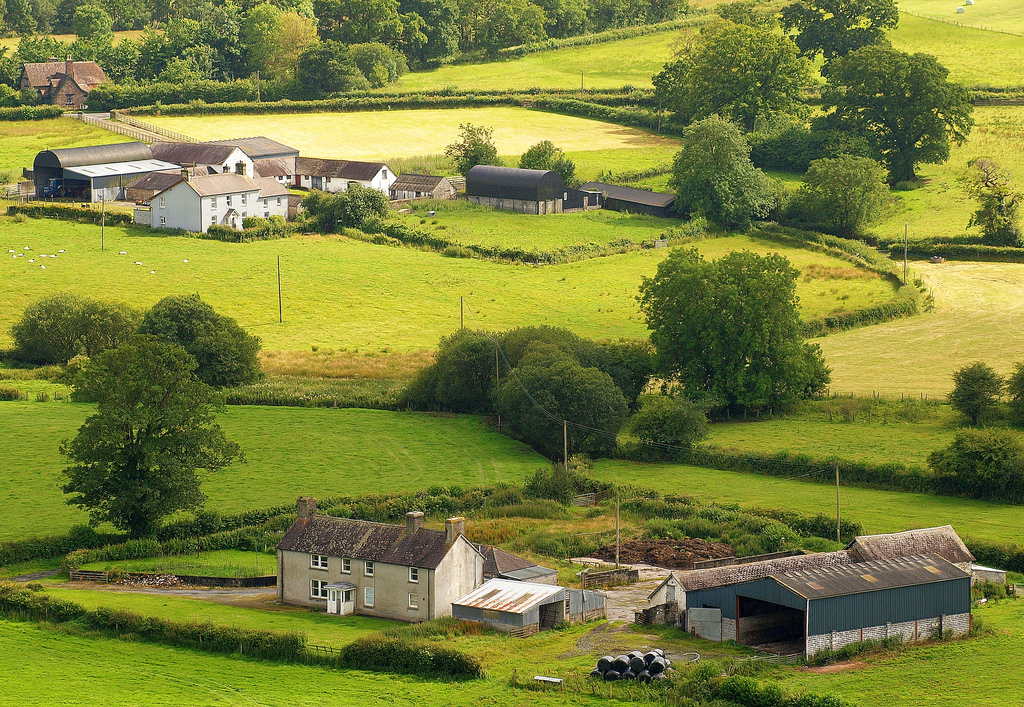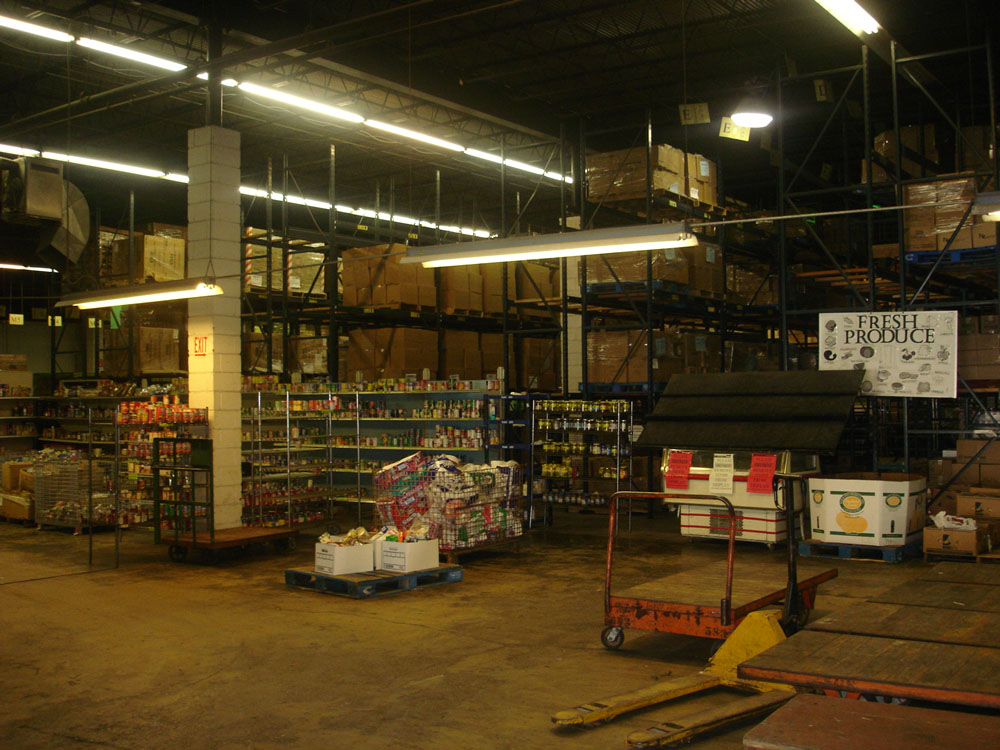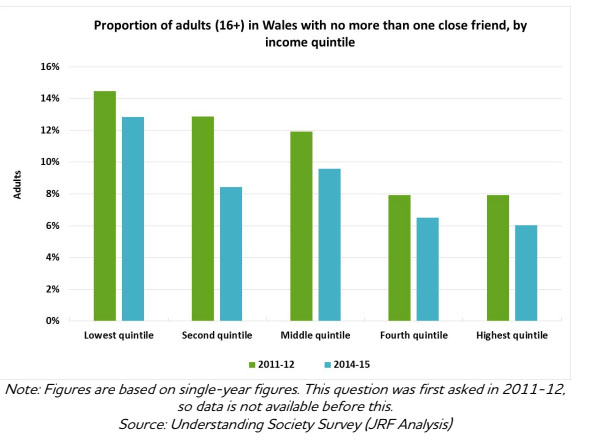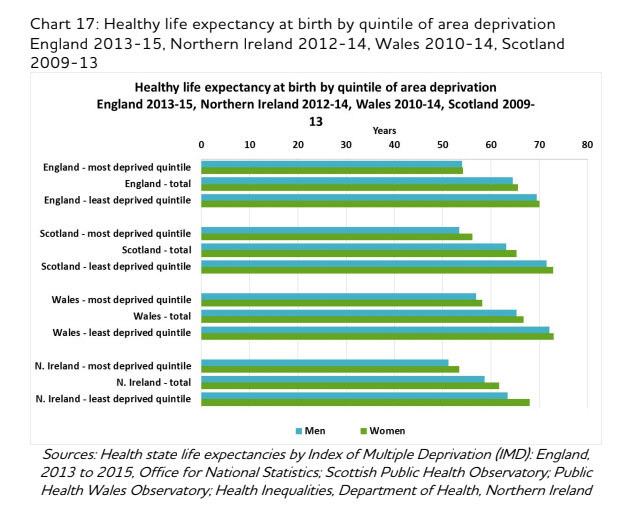Rural poverty is off the beaten track, but 23% of rural Wales is in poverty, and stuck in a vicious cycle of few services and social isolation.

Rural Wales is associated with beautiful countryside and rolling hills, but sadly this often masks poverty affecting thousands (Image credit: Jim Bowen, under Creative Commons license)
In a bustling, cosmopolitan Cardiff filled with shoppers, students, tourists and business people, rural poverty in Wales seems a world away.
Low income and poverty in cities and towns is frequently discussed and reported in the media. However, rural Wales gets forgotten.
In fact, when many of us think of rural Wales, we think of sheep! We think of rolling hills, long walks through the beautiful countryside and pub lunches. But hidden within this idyllic scene is poverty affecting thousands.
Rural poverty is underreported in newspapers and on television. It constitutes just 11.5% of television depictions of poverty and is covered just 4.2% of the time in print media.
In a recent report by Cardiff University and Oxfam Cymru, it was noted that the media often don’t visit rural Wales. Instead, journalists typically rely on phone calls to people in rural areas to tell them about their experiences of rural poverty.
There are 690,000 people living in poverty in Wales. This is 23% of the population and is predicted to rise to a huge 40% in the next few years, according to Barnard of the Joseph Rowntree Foundation.
What affects rural poverty?
In Powys, a rural mountainous county made up of villages and small towns in mid-Wales, thousands of people are experiencing rural poverty.
This is due to the lack of health centres, community centres, youth clubs and other opportunities which causes a vicious cycle of loneliness and poverty, according to Dr Greg Thomas, project officer for Powys County Council.
“Everyone knows everyone so people
don’t want to be seen at foodbanks.”

Foodbanks gave out 1,332,952 three-day emergency food supplies from March 2017-March 2018 in the UK (according to The Trussell Trust). But in rural Wales, food banks are underused.
Dr Thomas also believes social perception, and fear of gossip, is really affecting poverty.
He said: “People in Powys are proud. There is the issue of perception: residents don’t want to be seen in poverty. That’s why food banks in the area are underused, everyone knows everyone so people don’t want to be seen at food banks.”
Dr Thomas believes rural poverty is “hidden from view” but involves many challenges, not just financial difficulty.
“The lack of reliable public transport and lack of hospitals and community centres is a huge issue in Powys,” he said.
With insufficient doctor surgeries and medical centres in the region, many people depend on unreliable buses and public transport. Residents typically rely on bus services to take them to appointments at medical centres and hospitals in Cardiff and Swansea, but if this isn’t possible, many residents struggle with their health at home.
Further, with a lack of community centres and youth clubs in Powys, young people have few options to socialise or learn skills outside of their school or college.
Dr Thomas believes: “Ultimately, there is a missing generation as young people and graduates don’t want to stay in Powys and so they move away from the area.”
Additionally, owning a vehicle is often seen as a sign of reliable income, or even wealth. However, in Powys, many people own cars as they need them to travel to work, but they struggle with being able to afford petrol and other vehicle costs.
Consequently, residents often struggle to make it to work as they cannot afford to take the car, so rely on unreliable public transport. Residents also miss out on other events in the area that they need a car to access, for example, events at schools or in towns further away.
Further “fuel poverty” ironically fuels a “circle of decline” in Powys.
Many people in rural areas heat their homes through traditional means, such as coal, instead of gas or electricity.
Due to this, bills are typically higher in rural areas. Many residents struggle to afford to heat their homes, adding to the poverty and the “circle of decline” in Powys.
Social consequences of poverty
Ironically, while many people do not want to be seen accessing services such as food banks, others are not seen at all.
Oxfam Cymru recently reported that people with low incomes are more likely to experience issues with their physical and mental health, including feelings of persistent anxiety and insecurity.
Further, poverty also causes social isolation.
Many residents in rural communities cannot afford to drive to the few community centres or health centres in the countryside. Others do not have access to reliable public transport.
Residents in rural communities often can’t afford to go out and socialise and many of them typically do not meet many new people.
Further, people in poverty often report having a lower number of friends than people not experiencing poverty.
According to the Joseph Rowntree Foundation, “Wider social networks can be harder to develop and maintain for people on low incomes”. As a result, many people in rural poverty experience “social isolation” and loneliness.
Sadly, in the most recent Understanding Society Survey (2015), fewer adults in lower-income groups in Wales reported having more than one close friend than people in higher-income groups.

In Wales, people in lower incomes often report having no more than one close friend (accessed Dec 2018, JRF Poverty in Wales 2018)
This sad reality could be a result of the lack of opportunities and social isolation in rural communities, creating a recurring cycle that rural poverty leads to more rural poverty.
Additionally, for people in low incomes, life expectancy is shorter than those with higher incomes. This further demonstrates the cruel cycle of of rural poverty and the impact of deprivation on residents’ lives.

Life expectancy is affected by area deprivation: the ONS suggest that most deprived areas typically have shorter life expectancies for their residents (accessed Dec 2018, JRF Poverty in Wales 2018)
While we marvel at the Christmas tree in Cardiff city centre and stare at the twinkling lights, hopefully this year we will spare a thought for the 23% of rural Wales in poverty.
